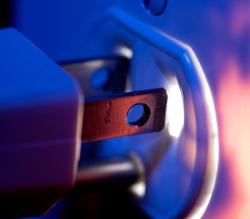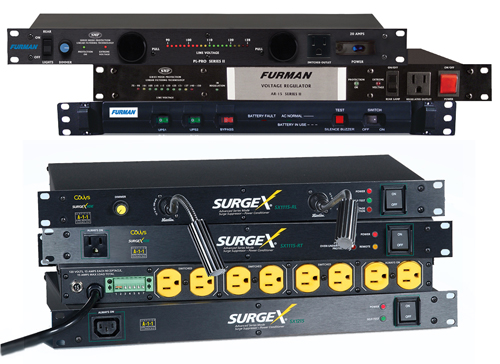
The second pathway for disruptive disturbances is between the neutral and the ground conductor of the electrical system, called the common mode pathway. This path is particularly problematic for computer-based components that are equipped with three-conductor grounded power cords.
Common mode power disturbances can easily upset a microprocessor’s voltage reference, causing logic errors and a similar pattern of lockups and unwanted reliability problems. And they’re almost always associated with system disruption.
The fourth D is dynamics. It’s not as harmful as the first three, but does prevent a system from attaining its highest possible dynamic range. Some power conditioning approaches help with this, but it’s equally important not to overlook simpler things like making sure that electrical circuits are properly wired and grounded
Insuring that circuits have enough “ampacity” (available amps) to provide for the needs of the load – without distorting or sagging circuit voltage – is also critical.
DEVICES
Let’s take a look at the various types of power quality disturbances and the type of power protection device that can be used to solve each one.
Surge Diverter. The most commonly recognized power protection device. Often called a TVSS or transient voltage surge suppressor, the term surge diverter is a more accurate term because it describes how the device functions.
Surge diverters are usually components like metal oxide varistors, silicon avalanche diodes, or gas discharge tubes. Each of these devices performs differently with respect to clamping voltage and response times, and all have different energy handling characteristics. Some exhibit performance deterioration in the face of repeated high-energy surges.
As a result, many manufacturers of surge diverter-based devices have focused on these technical performance issues as a way of competitively differentiating their products.

The bits and bytes of performance specifications, however, are not the most important issue to understand. These devices function by diverting surge energy from one power conductor to another.
This means that when a potentially destructive normal mode surge occurs, the surge diverter shunts most of it to the safety ground conductor of the electrical system. It isn’t much of a problem if the protected load is a simple electrical device, but if the load is microprocessor based, it can be a big problem.
It’s not unusual to install a surge diverter to prevent power supply failures and to have processor lockups, data errors, or other “soft” system failures begin to occur. This is because the surge diverter has converted a normal mode disturbance into a common mode one. Hardware damage has been prevented but a system failure of some type still results. Therefore, surge diverters are useful in addressing the first D – destruction.
